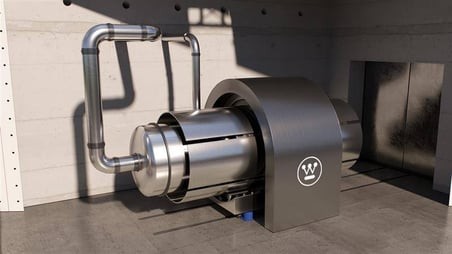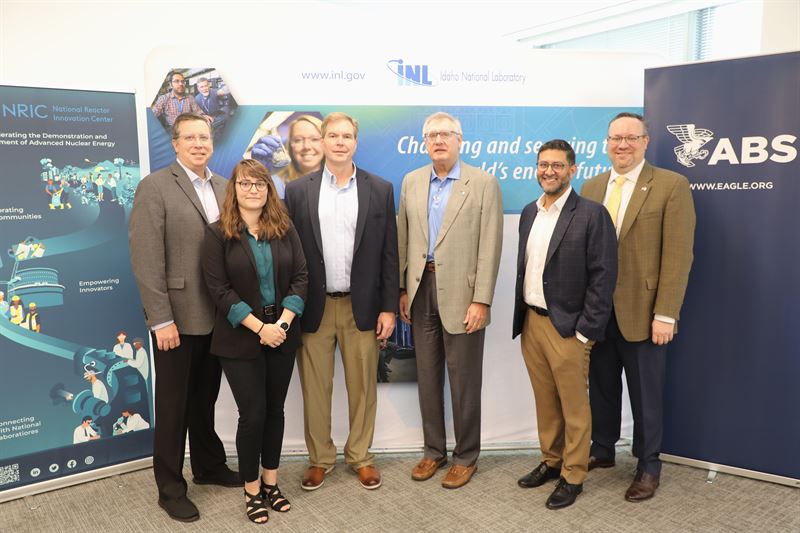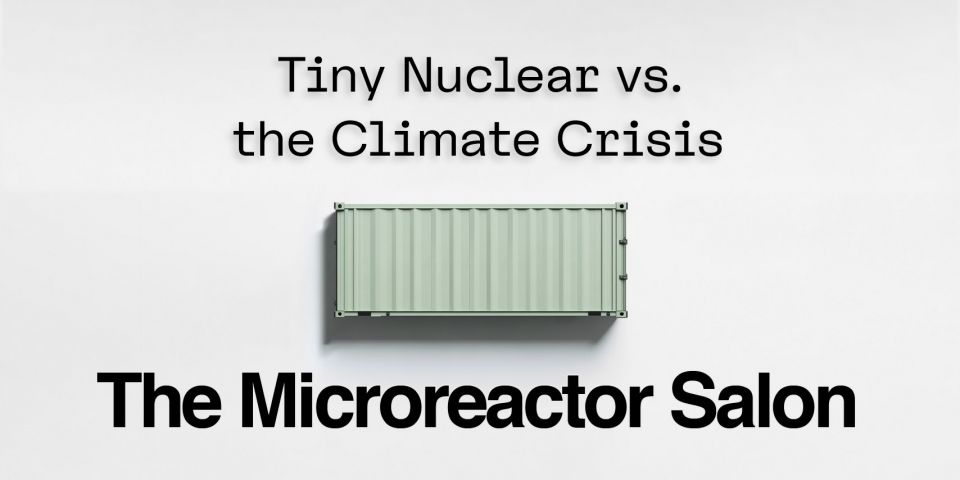
Craig
Simulations: The study was presented at the 2022 ANS Winter Meeting and Technology Expo in November by Michael Craig, an assistant professor in energy systems in the UMich School for Environment and Sustainability. Craig and his team ran computer simulation models of more than 200 hypothetical electric HDV charging stations that used either on-site distributed energy resources, such as SMRs, microreactors, solar, and batteries, or a centralized power system that required transmission lines tapping into the electric grid. The simulation analysis focused on minimizing the costs of HDV energy demands while optimizing energy investments. This was the first study to compare distributed versus centralized energy sources for HDV charging.
Conclusions: The analysis of the simulations indicated that the on-site distributed energy resources, including SMRs and microreactors, would make for more a cost-effective form of HDV recharging than reliance on a centralized power system. Specifically, the researchers reached the following conclusions:
- The market potential for SMRs and microreactors at electric HDV charging stations is economically significant in the United States.
- The use of SMRs at these charging stations would be more cost-effective than other distributed energy resources.
- SMR charging stations would help ensure that HDV charging does not overwhelm the grid.
- Investment in distributed energy resources could save millions of dollars each year at an individual charging station.
- Investment in distributed energy resources could save almost $2 billion in total U.S. energy costs each year.
Main point: According to INL, this study is important in providing new information on the transitioning of heavy transport platforms to decarbonized energy sources, suggesting that small nuclear reactors could be a “very valuable part” of this transition. The researchers added that their results would apply to hydrogen-based HDVs as well as electric HDVs.










